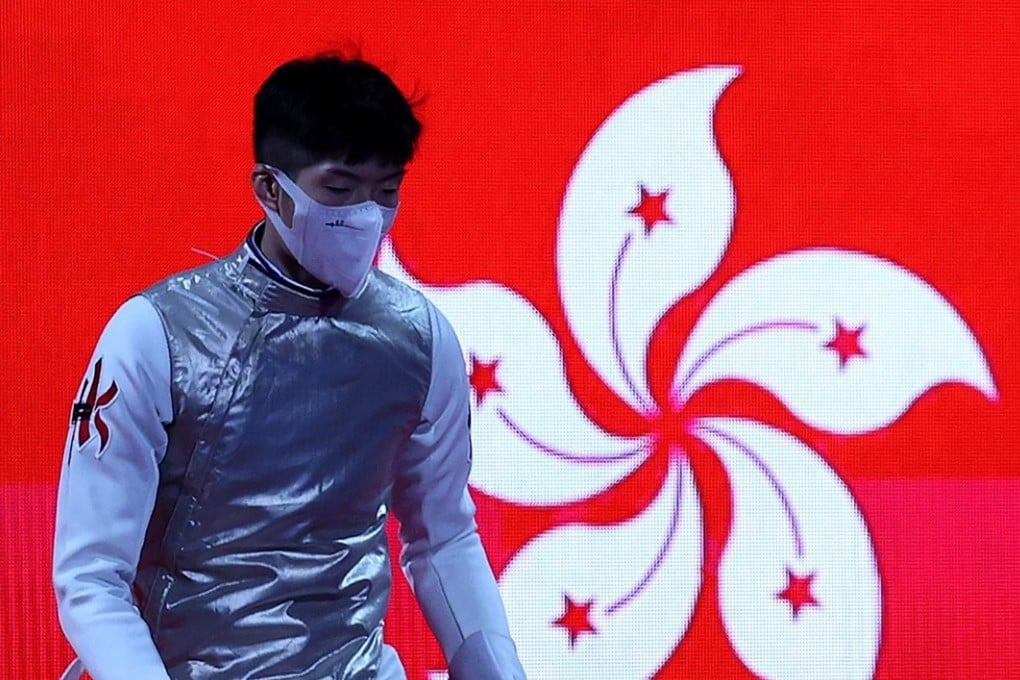Hong Kong handover: growing sporting success down to cash injection and city finally taking it seriously
- Since its return to China, the city has won 196 medals at the Asian Games and enjoyed its most successful Olympics ever in Tokyo last year
- In 1997, government funding for Tier A sport stood at around HK$150 million. In the 2020-21 financial year it topped HK$737 million

Elite sport in Hong Kong has come a long way over the past 25 years. At the heart of the city’s rapid development has been funding and support from the Hong Kong Sports Institute.
Since the handover, the city has won 196 medals at the Asian Games, comprising 37 gold, 69 silver, and 90 bronze. The city has won two gold, three silver and four bronze medals at the Olympics.
It is difficult to argue over the correlation between that increase in spending and the record six Olympic medals Hong Kong’s athletes won in Tokyo last summer, especially when three of those medals belong to squad members born either side of the city’s return to China.
We lost a lot of potential athletes when they had to pick between school and sport
In 1997, government funding for Tier A sport stood at around HK$150 million. In the 2020-21 financial year it topped HK$737 million. Similarly, the maximum monthly grant for top-tier athletes was HK$10,000 in 2002. This year it has increased to HK$50,000.
Facilities at the Hong Kong Sports Institute have also improved steadily, and a new HK$1.04 billion addition, with space for science laboratories, state of the art conditioning centres and training spaces is expected to be ready by mid-2024.
For Tony Choi Yuk-kwan, deputy executive director of the HKSI, elite sport has improved greatly over the past 25 years, both in terms of recognition from the community and support for full-time elite athletes.
“When I was a student, not only did parents not encourage their children to participate in sports, but neither did schools promote or encourage students to participate in sports. Academics took first priority,” Choi said.
